The Truth About Biodegradable and Compostable Beauty Products
Image: Hæckels
We investigate the difference between compostable and biodegradable packaging and thr truth behind biodegradable plastics in beauty and skincare products
If you’re anything like us, then you are probably looking for more eco friendly packaging alternatives when it comes to beauty and skincare products. We’re excited to report that many brands are actively working to offer better packaging options. So whats the alternative to plastic packaging? Do you prefer to reuse or recycle? Would you compost your packaging? Can you purchase from a brand that uses biodegradable packaging? Both ‘compostable’ and ‘biodegradable’ are buzz words that are being used in the beauty industry. Both seek to combat the industries impact through packaging. However They are not necessarily equally sustainable.
What makes something biodegradable
Who better to speak to than the compostable beauty brand Ethique. They offer solid beauty bars in cardboard packaging, with no plastic in sight. According to them, when something is biodegradable it simply means that it is broken down into its natural components by biological organisms like bacteria and fungi over time. When it comes to the duration of this process however, there is no limit to how long it takes for something to be returned to the earth. So even the Titanic could be termed as being ‘biodegradable’, it will just take a really long time! The term also doesn’t cover what it breaks down into or under what circumstances. Some things are indeed biodegradable, but into harmful components.
Misconceptions around bio-degradable plastic
Paula Chin, WWF UK Sustainable Materials Specialist, told Elle UK that ‘People tend to put the term “bio-degradable” in the same category as “compostable” and therefore think this is a positive message on plastic packaging. However, plastic packaging which claims to be bio-degradable will only break down within industrial composting facilities, which are designed to handle a very large volume of organic waste in controlled conditions. More often than not, these facilities will not accept them as it won’t break down as quickly as food, resulting in contamination’.
So the products we’re consciously buying because they’re made from bio-degradable plastic aren’t even being allowed to actually biodegrade. It’s a complex field, and it’s not just bio-degradable plastics (often derived from corn) that are the problem. Some commonly used biodegradable materials include cork, bamboo, plant-based bioplastics, seaweed, mycelium, hemp and coconut husk.
Do you work in sustainability?
The WIP is our new digital platform for eco aware brand founders, entrepreneurs and side hustlers. It's a place to find community as well as learning resources. Launching this Winter, you can sign up for updates below.
Using Seaweed and Mushrooms
At Hæckels, a seaweed beauty brand, they developed the Algae Bottle Seal. If you purchase their Exfoliant or Facial Masque, you’ll notice a plastic-like seal around the top of the bottle, except it isn’t plastic. It’s actually created from algae. The algae remains in water until they are ready to seal the products. Once applied to the bottles, it dehydrates, creating a natural seal around the bottle which is hygienic and removes the need for any plastics. They have also begun experiments with growing an environmentally friendly material that performs like plastics but is in fact made by mushrooms (below). It specifically comes from a mushrooms webs of thread-like roots, known as mycelium, which consume crop waste. These materials can be grown and recycled. They decompose readily and by adding seaweed can actually contribute to soil quality as opposed to being discarded.
The problem is that some certified compostable substances are only certified compostable under specific circumstances. That’s why there are lots of certified compostable packets and containers out there, yet they are still sticking out of your compost heap, looking as good as the day they went in. Before you dispose of packaging, make sure to confirm whether it is ‘home compostable’ or ‘commercially compostable’. Commercial composting is hotter (compost heaps have been known to spontaneously combust – things can get that hot), which breaks things down more readily than your smaller, less well-monitored heap will do at home.
At Ethique, they managed to develop home-compostable packaging with no plastic, no laminate and no chlorines. This choice was deliberate following their awareness that paper production can come with a raft of other environmental concerns too. For example, it can be a massively water-intensive process, using between 300-400kgs of water per kilo of paper. Comparatively, their production uses just 10-25kg of water per kilo as it’s recirculated and recycled. Defining which choice of skincare packaging is more eco-friendly makes more sense once you consider a holistic approach that includes a variety of factors. Instead of following the latest clean beauty trend. We suggest taking the time to do some research, and to find brands you can trust, rely on, and invest in!
Did This Put A Smile On Your Face? Why Not Subscribe?
If you enjoyed this then theres plenty more on our email newsletters that you'll love. Whether you're a sustainable newbie or an eco conscious pro, our bi monthly emails will inspire you to live sustainably and ethically.
Disclaimer: The people and models in the images featured are not associated with The Vendeur and do not endorse it or the products shown. This post may contain affiliate links. Prices correct at time of publishing.

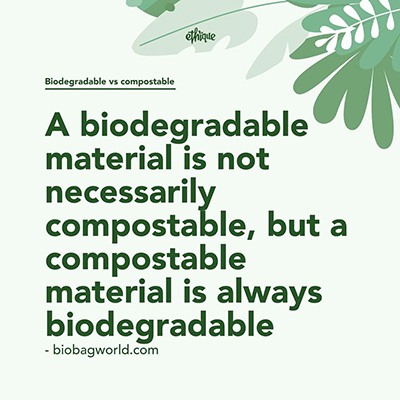
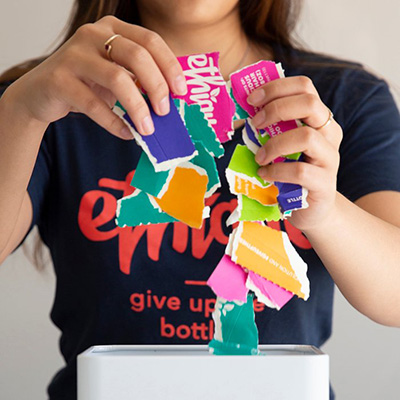

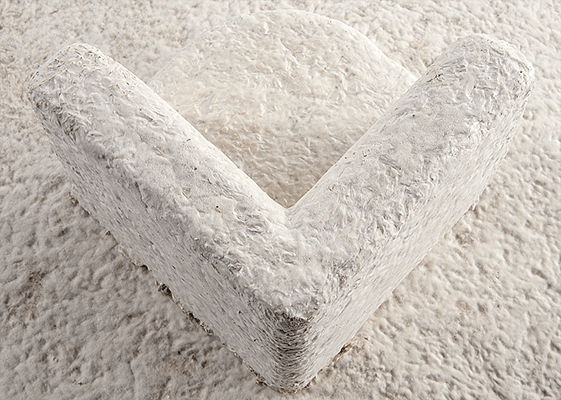
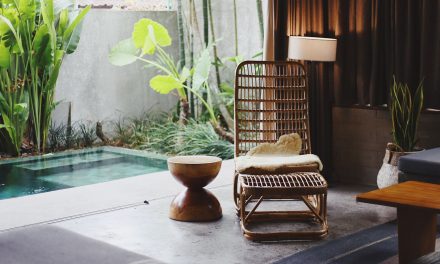

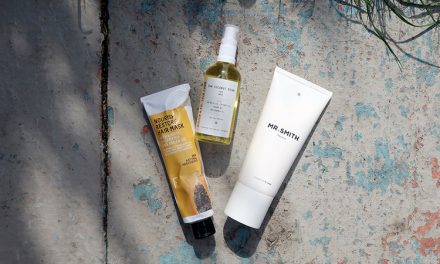

Trackbacks/Pingbacks